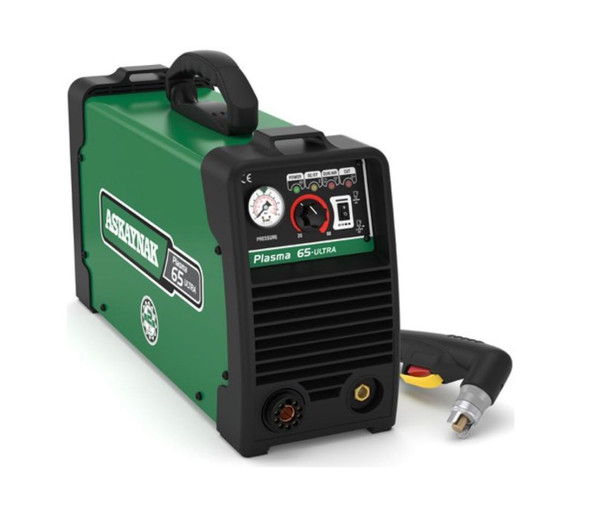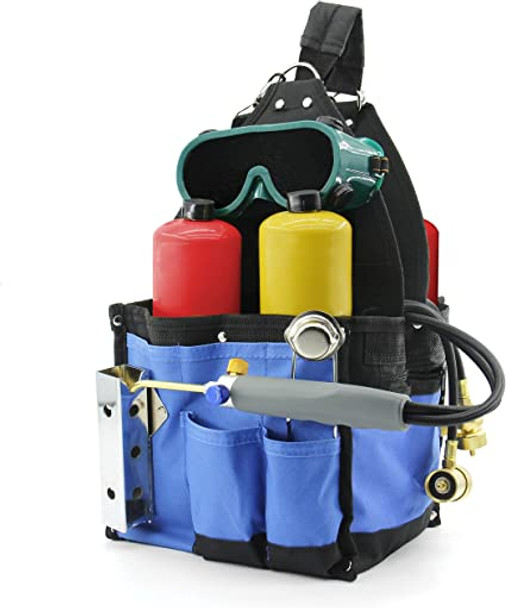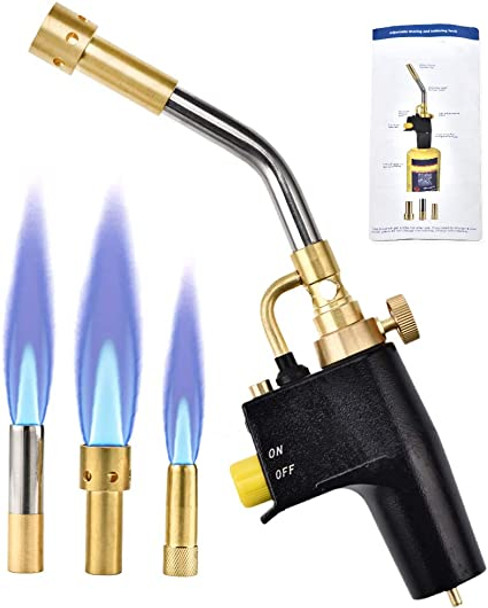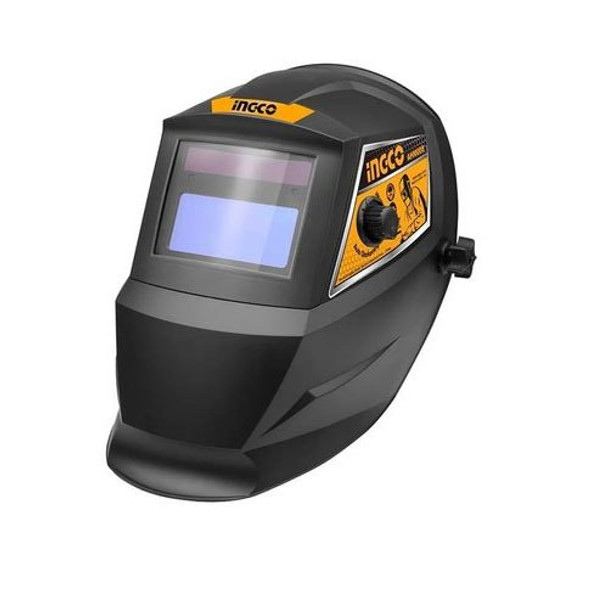Gouging in Welding: Techniques, Equipment, and Safety Considerations
Key Takeaway
- Purpose of Gouging: Gouging is a welding technique used to remove metal precisely, often for joint preparation, defect correction, or removing old or damaged welds, making it essential for repair and maintenance work.
- Common Gouging Techniques: Air carbon arc gouging, plasma gouging, and oxy-fuel gouging are the primary methods. Each technique has unique benefits depending on the type of metal, thickness, and level of precision required.
- Equipment Requirements: Gouging typically requires specific equipment, such as air compressors for air carbon arc gouging or plasma cutting machines for plasma gouging, along with specialized electrodes or torches designed for effective material removal.
- Safety Considerations: Gouging creates high levels of heat, sparks, fumes, and noise, so proper safety gear is critical, including fire-resistant clothing, goggles, gloves, ear protection, and respiratory protection to guard against fumes.
Introduction
Gouging in welding is a specialized technique for removing metal, commonly used in weld joint preparation, defect correction, and the removal of old or damaged welds. Several methods, including air carbon arc gouging, plasma gouging, and oxy-fuel gouging, are available, each chosen based on the type of metal, thickness, and precision required for the task. Air carbon arc gouging, for instance, uses a high-intensity arc and compressed air to blow molten metal away, making it effective for fast, deep cuts. Plasma gouging, on the other hand, offers greater control for detailed work on thinner metals.
To perform gouging safely, welders must wear proper protective gear, such as fire-resistant clothing, eye and ear protection, and respirators, as the process generates extreme heat, noise, fumes, and flying metal particles. Effective surface preparation is also critical for achieving clean and precise results. Given its versatility, gouging is widely used in industries like shipbuilding, construction, and heavy equipment maintenance, where efficient and controlled metal removal is essential for high-quality repairs and preparation.
This article will explore the different techniques used in gouging, the equipment necessary for effective gouging operations, and essential safety considerations to ensure a safe working environment.
Welding Oxygen MAPP gas Cylinder Torch Kit.
Understanding Gouging
What is Gouging?
Gouging refers to the process of cutting, shaping, or removing material from metal surfaces using various methods. The primary distinction between gouging and welding lies in their objectives: gouging is aimed at surface preparation or material removal, while welding focuses on joining materials.
Gouging serves several critical functions in welding applications:
1. Preparing surfaces for welding: It ensures that surfaces are clean and free of contaminants for effective weld bonding.
2. Removing defective welds: In cases where previous welds are subpar, gouging helps eliminate these defects, allowing for a stronger final product.
3. Shaping and contouring materials: Gouging allows welders to manipulate and shape materials to meet design specifications or accommodate other parts.
Common Reasons for Gouging
Understanding why gouging is necessary helps welders choose the right techniques and equipment. Here are some common reasons for gouging:
1. Surface Preparation: Ensuring a smooth and clean surface for welding to enhance the quality of the weld joint.
2. Defect Removal: Eliminating flaws or cracks in previously welded sections, which can lead to failures if left unaddressed.
3. Material Shaping: Modifying the shape or thickness of materials to fit specific requirements for assemblies or repairs.
Techniques of Gouging
Types of Gouging Techniques
Several techniques are employed in gouging, each with its unique advantages and limitations. Below are the primary methods:
1. Plasma Gouging
Plasma gouging uses a high-velocity jet of ionized gas to melt and blow away the material being gouged. This method is particularly effective for various metals and offers high precision and minimal thermal distortion.
Advantages:
1. High speed and efficiency
2. Precision gouging capabilities
3. Minimal heat-affected zone (HAZ)
Disadvantages:
1. Requires specialized equipment and training
2. Initial setup costs can be high
 .
.
ASkaynak Plasma 65 ultra cutter
2. Air Carbon Arc Gouging
This traditional method utilizes a carbon electrode and an air jet to create a molten pool that is blown away from the workpiece. It is commonly used in heavy industrial applications.
Advantages:
1. Effective for thick materials
2. Good for removing large amounts of metal quickly
Disadvantages:
1. Produces significant smoke and fumes
2. Requires good ventilation and safety measures
3. Oxy-Fuel Gouging
Using a flame produced by burning acetylene and oxygen, oxy-fuel gouging melts the material, which is then removed by the force of the flame. This method is often utilized for steel and cast iron.
Advantages:
1. Relatively low equipment cost
2. Portable and versatile for different materials
Disadvantages:
1. Slower than other gouging methods
2. Higher risk of warping and thermal distortion
4. Mechanical Gouging
This technique involves using mechanical tools such as grinders or milling machines to remove material. It's often used for precision work and in situations where other methods may not be feasible.
Advantages:
1. High level of control over material removal
2. Suitable for detailed or delicate work
Disadvantages:
1. Slower process compared to thermal gouging methods
2. Requires more manual effort and skill
Choosing the Right Technique
When selecting a gouging technique, several factors should be considered:
1. Material Type: Different materials respond better to specific gouging methods.
2. Material Thickness: Thicker materials may require more robust techniques like air carbon arc gouging.
3. Desired Finish: The level of precision and quality needed will influence the choice of technique.
Hellog Multi Purpose Mapp & Propane Torch
Equipment for Gouging
Essential Equipment Overview
Having the right equipment is crucial for effective gouging operations. The choice of equipment often determines the quality and efficiency of the gouging process. Here are some essential components:
1. Gouging Torches and Electrodes
Gouging torches are designed specifically for the various gouging techniques discussed earlier. Each method requires different types of torches:
1. Plasma Torches: Used for plasma gouging, they deliver high-temperature plasma to melt the metal.
2. Carbon Electrodes: Essential for air carbon arc gouging, these electrodes create the arc that removes material.
3. Oxy-Fuel Torches: Utilized in oxy-fuel gouging, these torches combine oxygen and acetylene to generate heat.
2. Power Sources
Power sources vary based on the gouging technique:
1. Welders: For techniques like air carbon arc gouging, a suitable welder is essential to provide the required current.
2. Plasma Cutters: Required for plasma gouging, these machines must be capable of delivering the necessary power and air pressure.
3. Gas Tanks: Oxy-fuel gouging requires tanks of oxygen and acetylene, along with proper regulators and hoses.
3. Protective Gear and Accessories
Safety gear is paramount when gouging due to the risks associated with high temperatures and flying debris. Essential PPE includes:
1. Welding Helmets: Full-face helmets with appropriate filters to protect the eyes and face from harmful UV rays and sparks.
2. Gloves: Heat-resistant gloves to protect hands from burns and abrasions.
3. Protective Clothing: Flame-resistant clothing and steel-toed boots to safeguard against falling debris and heat.
4. Respirators: In environments with excessive fumes, respirators can prevent inhalation of harmful particles.
Equipment Maintenance and Setup
Proper maintenance of gouging equipment is vital to ensure safety and efficiency. Here are some best practices:
1. Regular Inspections: Check hoses, connections, and equipment integrity before each use.
2. Cleaning: Keep torches and nozzles clean to ensure optimal performance and safety.
3. Setup for Optimal Performance: Ensure that the workpiece is secured, and the equipment is set up according to the manufacturer's specifications for the best results.
Auto Darkening Welding Helmet
Safety Considerations in Gouging
Safety is a critical aspect of gouging operations. The nature of the work presents various hazards that must be managed effectively.
Personal Protective Equipment (PPE)
Welders must wear appropriate PPE to protect against the various risks associated with gouging:
1. Eye Protection: High-quality welding helmets with proper shading levels are essential to protect against bright arcs and sparks.
2. Body Protection: Flame-resistant jackets, aprons, and pants are recommended to prevent burns and injuries.
3. Foot Protection: Steel-toed boots should be worn to protect against heavy falling objects and hot metal.
Workplace Safety Practices
Establishing a safe working environment is essential for preventing accidents:
1. Ventilation and Fume Extraction: Adequate ventilation is crucial to avoid the buildup of harmful fumes. Using fume extraction systems can significantly reduce inhalation risks.
2. Fire Prevention Measures: Keep flammable materials away from the gouging area and have fire extinguishers readily accessible.
3. Electrical Safety Precautions: Ensure that all electrical equipment is properly grounded and regularly inspected for damage.
Common Hazards and Risk Mitigation
Awareness of potential hazards can help prevent accidents:
1. Fumes and Gases: Always work in well-ventilated areas, and use respirators when necessary to mitigate inhalation risks.
2. Heat and Sparks: Use protective barriers or screens to shield others from sparks, and keep the work area clean to reduce fire risks.
3. Equipment Hazards: Follow operational guidelines for all equipment and perform regular maintenance to minimize malfunctions.
Flame-Resistant Cotton Welding Jacket
Best Practices for Gouging
Techniques for Efficient Gouging
Achieving high-quality gouging requires not only the right equipment but also effective techniques. Here are some best practices to enhance gouging efficiency:
1. Consistent Speed and Angle: Maintain a consistent travel speed and angle of the torch or tool to ensure even material removal and reduce the likelihood of gouging too deeply in one spot.
2. Regularly Change Electrodes: For methods like air carbon arc gouging, replacing electrodes regularly helps maintain performance and quality.
3. Practice Control: Skilled gouging requires practice to develop muscle memory and control over the gouging tool. Regular training can help improve technique and precision.
Continuous Improvement and Skill Development
To excel in gouging, ongoing education and practice are essential:
1. Importance of Training and Certification: Enroll in welding courses that include gouging techniques to enhance skills and knowledge. Certifications can also improve job prospects.
2. Resources for Further Learning: Utilize online resources, workshops, and industry publications to stay updated on best practices, new techniques, and safety regulations.
Frequently Asked Questions
1. What is the primary purpose of gouging in welding?
Gouging is primarily used for removing material from a workpiece to prepare surfaces for welding, eliminate defects, or shape materials.
2. What are the most common gouging techniques?
The most common gouging techniques include plasma gouging, air carbon arc gouging, oxy-fuel gouging, and mechanical gouging.
3. What safety equipment is essential for gouging?
Essential safety equipment includes welding helmets, protective gloves, flame-resistant clothing, and respirators to protect against fumes and sparks.
4. How can I choose the right gouging technique for my project?
Consider factors such as material type, thickness, and the desired finish. Each gouging technique has its advantages depending on the specific requirements.
5. Why is proper equipment maintenance important in gouging?
Regular maintenance ensures that equipment functions correctly, reduces the risk of accidents, and improves the quality of the gouging process.
Other Related Articles
Top 10 Safety Protocols Every Welder Must Follow
Conclusion
Gouging is an indispensable process in welding that serves various critical functions, from preparing surfaces to removing defects. Understanding the techniques, equipment, and safety considerations associated with gouging not only improves the quality of work but also ensures a safer work environment. Welders should prioritize continuous learning and adherence to safety practices to excel in this essential skill.
For all your welding needs, including high-quality gouging supplies, visitTikweld Welding Supplies. Our extensive range of products and expert advice will help you achieve superior results in your welding projects. Equip yourself with the best tools and safety gear to excel in gouging and welding!












